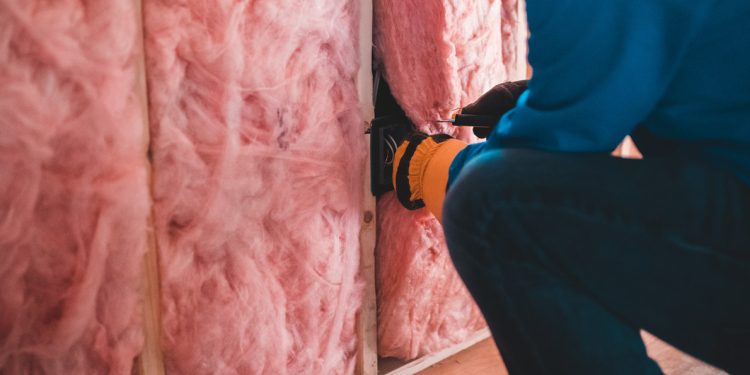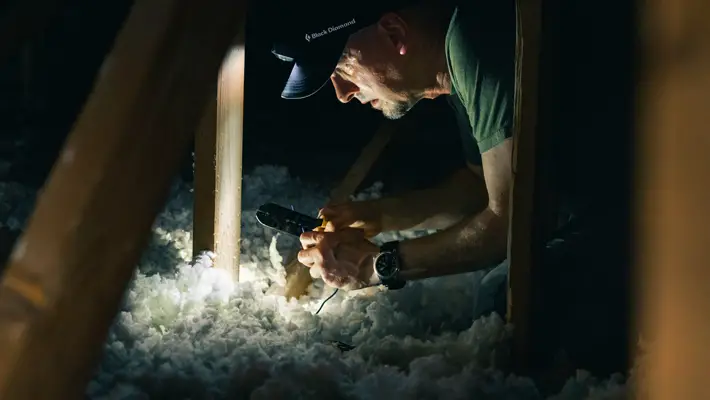How to Prepare for Insulating Your Home

Insulating your home is one of the most sustainable investments in terms of energy savings. Considering the skyrocketing costs of living in general, and electricity in particular, investing in insulation pays off faster than ever.
However, insulating your home is a complex process and takes some preparation. Here are five boxes to tick before you get started.
Choose the Right Materials
To begin with, you need to choose the right insulation materials. There is a wide variety of options out there.
One of the most commonly used materials is fibreglass. Its main advantages are that it’s non-flammable, affordable, and fairly resistant to moisture. Other insulation materials include cellulose, cotton, and rock wool.
To get the full spectrum of choices, consult a contractor or information hubs such as Materials Market.
Identify High-Priority Areas
Insulating your home is an essential process, but not a cheap one. It’s absolutely possible that your budget might not stretch to insulate your entire home.
In that case, don’t abandon the project altogether. Instead, identify high-priority areas.
Some sections of a house typically contribute more to heat loss than others. These include your basement, exterior walls, roof, and attic.
Map Out Your Budget
Next, it’s time to draw up an approximate budget and estimate your total insulation costs.
Review the materials you chose and see how far your available funds cover them.
Don’t forget to factor in different materials’ life spans and ease of installation. It can easily be worth it to invest in a slightly more expensive type of insulation if it will last ten years longer than the alternative.
Also, don’t forget to include the increase in property value and future energy savings in your overall calculations.
Repair Leaks
Another important preparation step in your insulation adventure is to fix any leaks in your home.
Mildew is one of the biggest threats to home insulation. It can easily compromise its function and even pose a health hazard.
Before launching yourself into insulation, carefully inspect your plumbing, exterior walls, and roof. Seal up any moisture entry points.
Weigh DIY Against Professional Installation
Finally, you need to decide whether to hire a professional contractor to install your insulation, or whether you want to take a stab at it yourself.
The installation process itself can be dusty, challenging, and even dangerous. However, by installing insulation yourself, you can cut back significantly on overall costs.
If you opt for a DIY installation, it’s crucial to take safety precautions such as using protective clothing. Make sure you have the necessary skills to use the tools required, and have a thorough understanding of how to install the insulation material that you’ve chosen.
Especially when it comes to installing insulation in the vicinity of heat sources, such as wiring and water heaters, you need to be extremely careful or consult an expert, due to potential fire hazards.
Conclusion
By following the steps above, you’ll be able to prepare right and make the insulation process as efficient and budget-friendly as possible.










